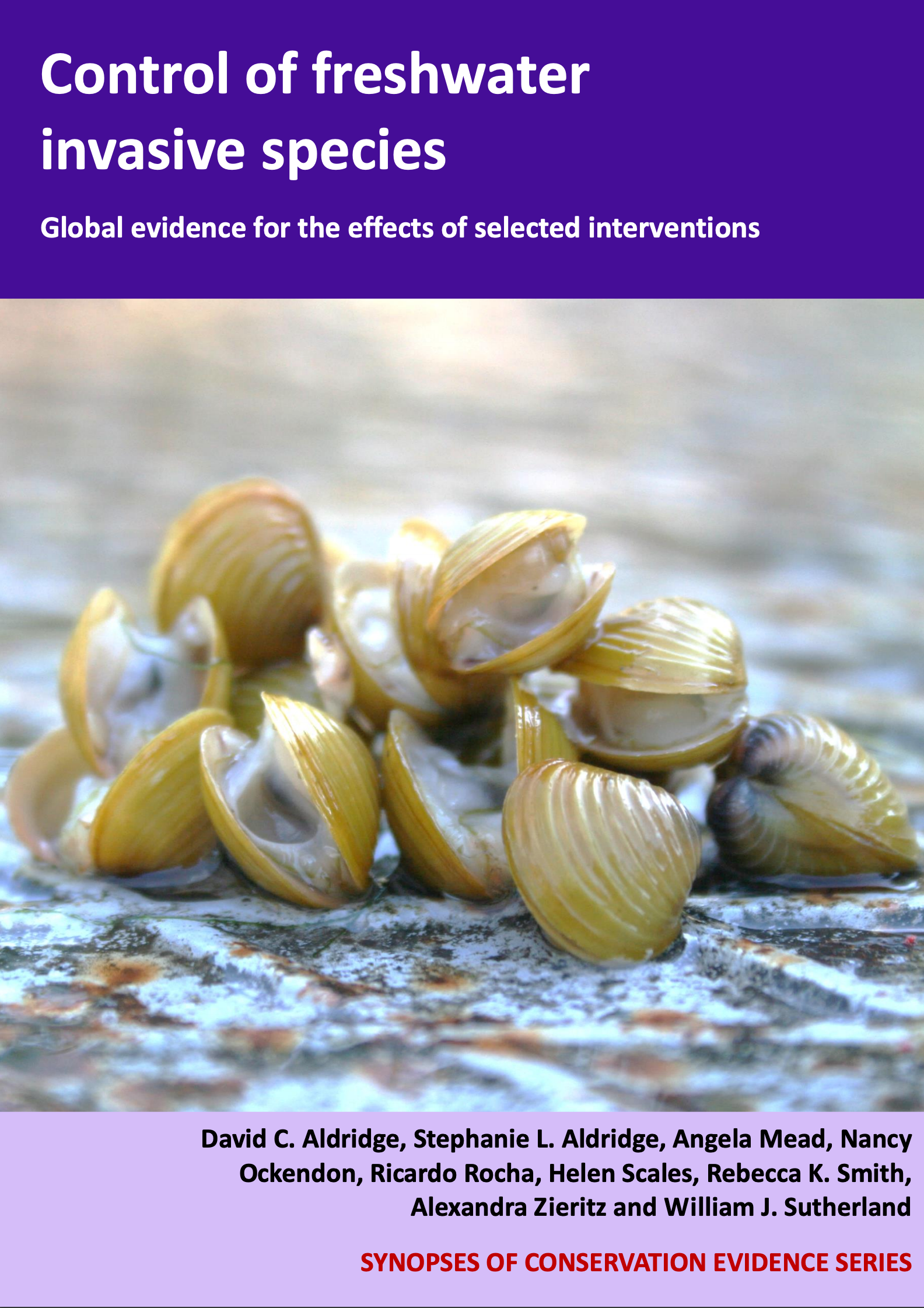Ponto-Caspian gammarids: Dewater (dry out) the habitat
-
Overall effectiveness category Likely to be beneficial
-
Number of studies: 1
View assessment score
Hide assessment score
How is the evidence assessed?
-
Effectiveness
60% -
Certainty
50% -
Harms
not assessed
Study locations
Supporting evidence from individual studies
A replicated, controlled laboratory study in 2011, on specimens from a reservoir in Poland (Poznańska et al.2013) found that 50-90% of three invasive freshwater shrimp species Pontogammarus robustoides, Dikerogammarus haemobaphes and D. villosus were killed by drying out the sand, with differences in the kill rate explained by the species and level of drying. Only half of the experimental demon shrimps Dikerogammarus haemobaphes survived when the water content in the sand was reduced to 9% and only a tenth survived in sand containing 7% water. For the killer shrimp Dikerogammarus villosus, only half the shrimp survived in sand containing 11% water and only a tenth survived in sand containing 10% water. The shrimp Pontogammarus robustoides was more resistant to drying out. However, once the water content of the sand was below 4%, half of the P. robustoides shrimp had died. Five shrimp of each species were put in each of five ceramic trays with a 2 cm sand layer and 1.5 cm water depth. In control trays, water levels were held constant. Treatment trays were left to dry naturally. Dead and alive shrimp were counted daily and water content of the sand was measured by weighing 14 g of the sand before and after drying at 100°C.
Study and other actions tested
Where has this evidence come from?
List of journals searched by synopsis
All the journals searched for all synopses
This Action forms part of the Action Synopsis:
Control of Freshwater Invasive Species
Control of Freshwater Invasive Species - Published 2017
Control of Freshwater Invasive Species Synopsis





)_2023.JPG)














